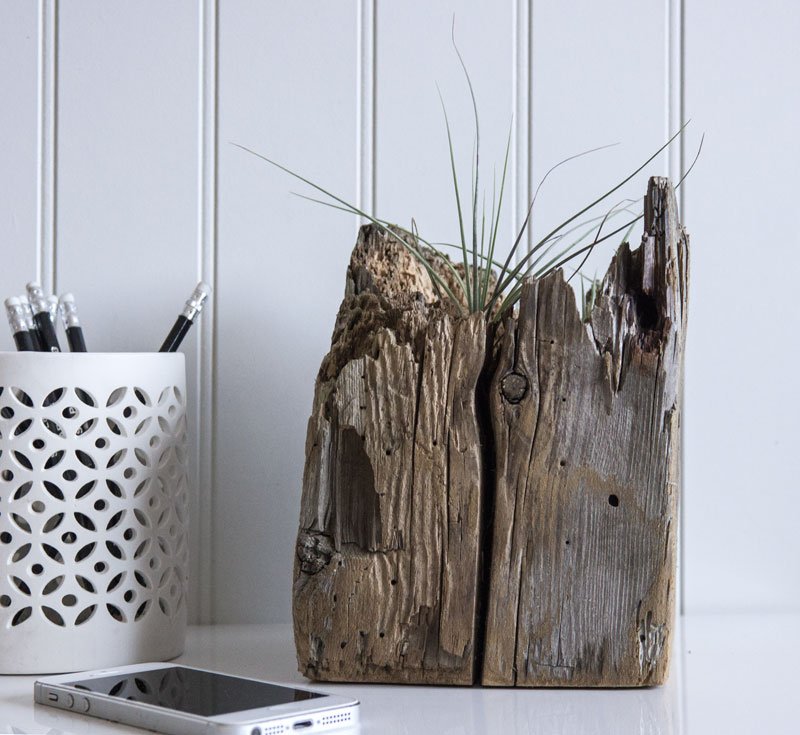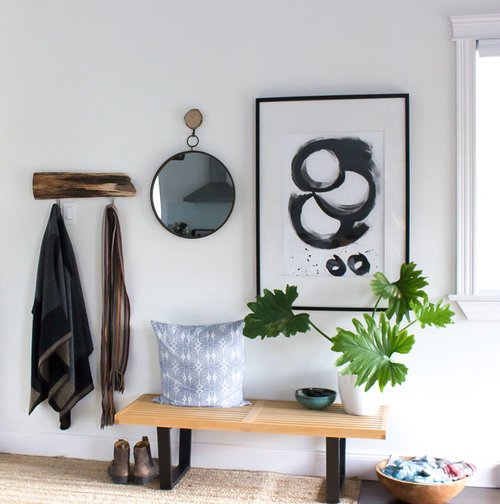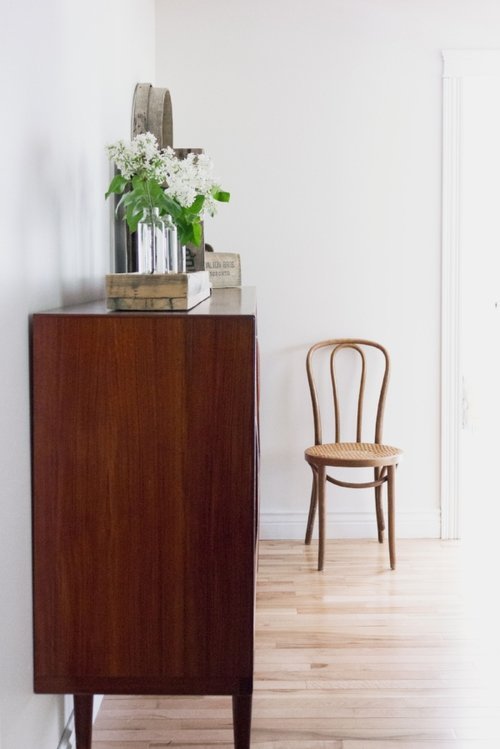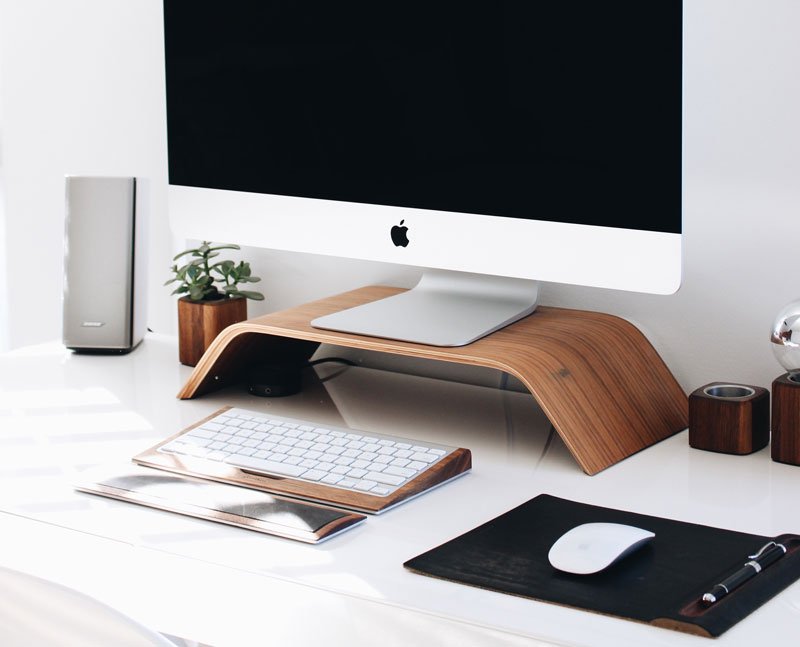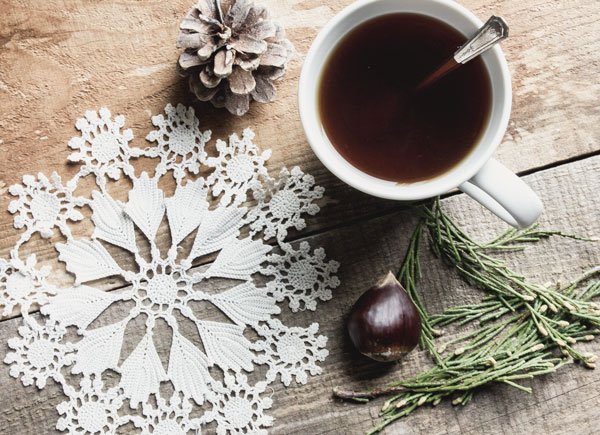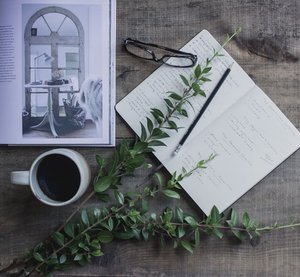What Does Vintage Really Mean?
Have you noticed that all things "vintage" is selling for a mint these days? But do we really use that term in the right way in every instance? I know I throw the word vintage around without really thinking about it and it got me thinking: what is vintage, as opposed to antique?
It's generally agreed that an antique is at least 100 years old or more. Think stoneware crocks and wing-back chairs. Think handmade, from real craftsman and artisans.
Vintage seems to be a little harder to pin down. Some sources claim anything between 20-80 years old qualifies. So I guess that awful heart-shaped pine step-stool that I toll-painted hunter green in 1992 is vintage? Ha! I don't think I'd get rich putting that on e-Bay!
I like the definition that Lucy Evans, co-founder of Vintage Seekers, gives: "To me, vintage means classic design with enduring appeal. It's what falls between antique and contemporary. A vintage piece is original, authentic and between 25-100 years old." (courtesy Living Etc.)
There are also different kinds of vintage, from farmhouse ( milk crates and baskets), to kitschy (bold groovy colours), to elegant (white linen tablecloths), to industrial (architectural salvage). When I think about the kind of vintage I'm drawn to it's modern minimalist - pieces by mid-century modern designers that were mass produced and available to all. Classic and simple.
Then again, I might classify my '80s Strawberry Shortcake collection as priceless vintage!
What does vintage mean to you?








